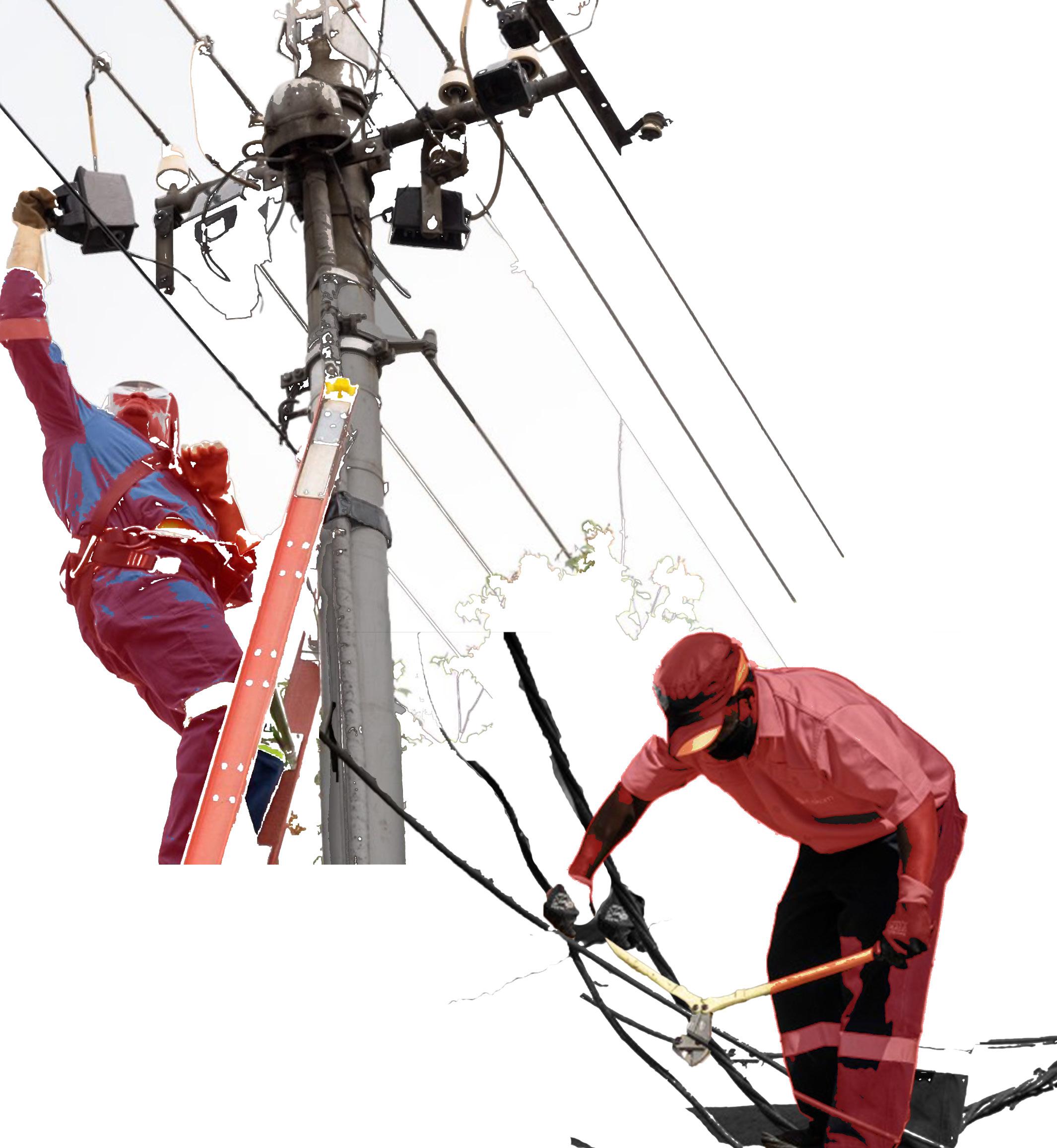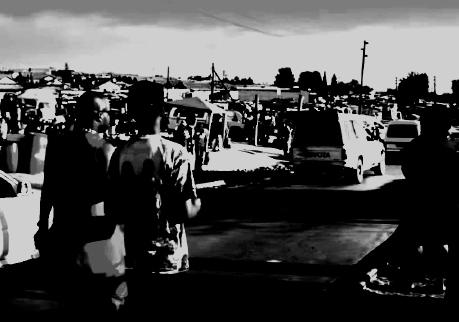
1 minute read
Incrementalism in the Gusheshe neighborhood
Incremental infrastructures can be understood as urban systems in the making, undergoing constant adjustment and reconfiguration through testing and experimentation, as urban dwellers seek to shift materialities to shape future possibilities. These conditions across both formal and informal typologies generate important questions and reveal insights into unfolding forms of urbanism in Accra. In this short essay I examine this incrementalism across housing and energy systems in a specific neighborhood, reflecting on notions of incremental infrastructure and how it is constituted before considering the politics that such framings of urban systems may prompt us to explore.
Ubis. Hilius bonos serninatam ia ninatem audam audees iae forum deme etodienihil cae it delissa nihinit ingulinest inerfinverem audepse nosus ia. Romnequonsus rfectodit; int? Inte, sulis in sentese natudeat, urobus An vilicatum nontere henterit none ad cus.
Advertisement
Gracto apescep otintem ime essedea mediurn ihiliqu odicerum it prae auciem, nequast dies pessuludam oca inum actus, vissenam inestre beffre consum.
Gracto apescep otintem ime essedea mediurn ihiliqu odicerum it prae auciem, nequast dies pessuludam oca inum actus, vissenam inestre beffre consum.
In the Diepsloot neighbourhood urban systems display a range of materialities – including timber, metal sheeting, locally produced brick, mud, sandstone, wires, concrete, plastic sheeting and stone. Together, these multiple surfaces, façades and structures are configured across urban space in such a way that each individual dwelling and its connections to wider networks displays its own unique architectural form. Whilst commonalities across the type of materials being used are visible, the ways each household arranges and adjusts these combinations suggests there is no single standard housing form or network connection in the neighborhood. Instead, materials are mobilized through a process of improvisation, in which households test and experiment with particular assemblages of different construction materials, adding new layers, reinforcing walls, creating new flows of electricity and fitting newly cut doors.








